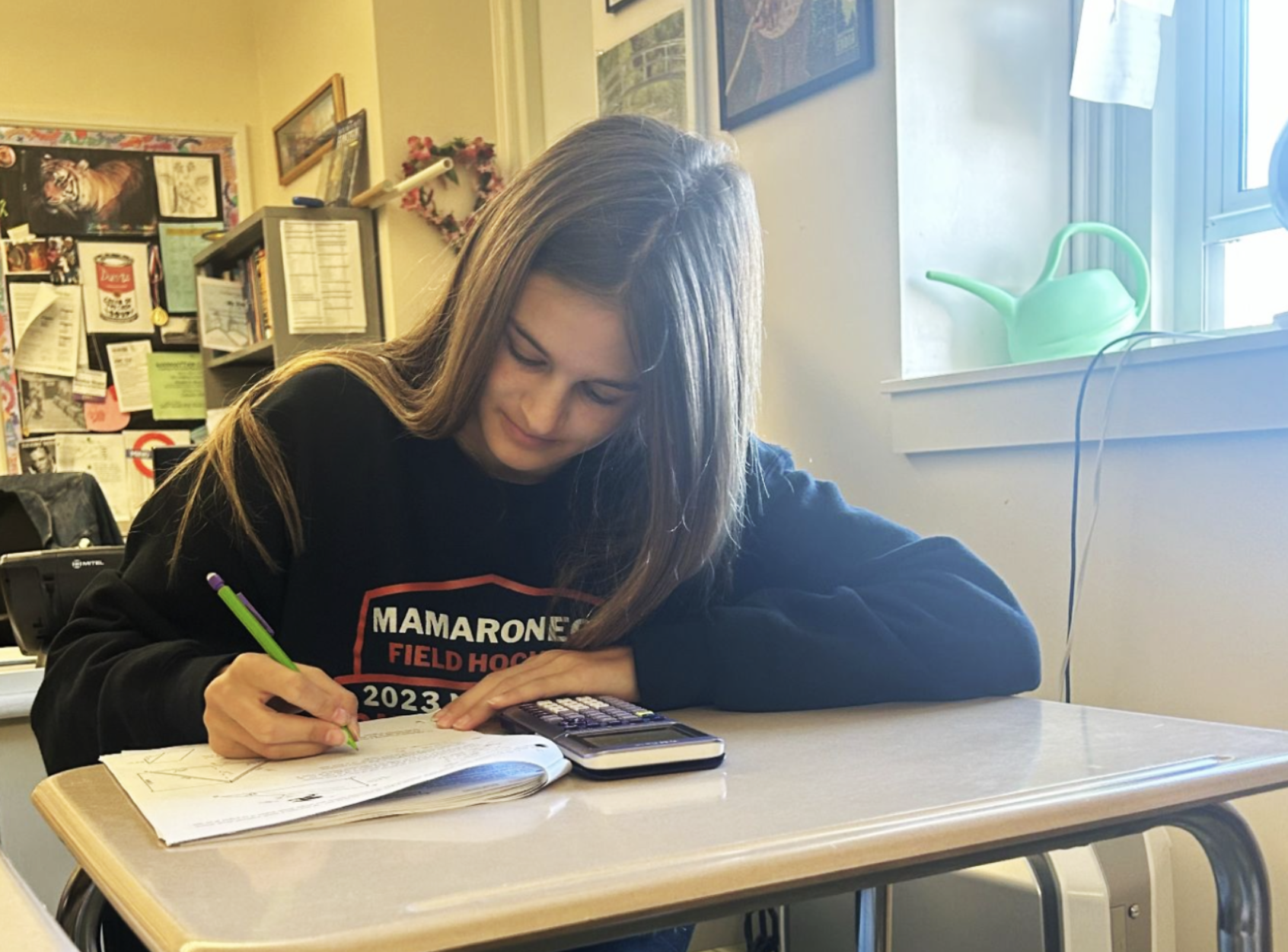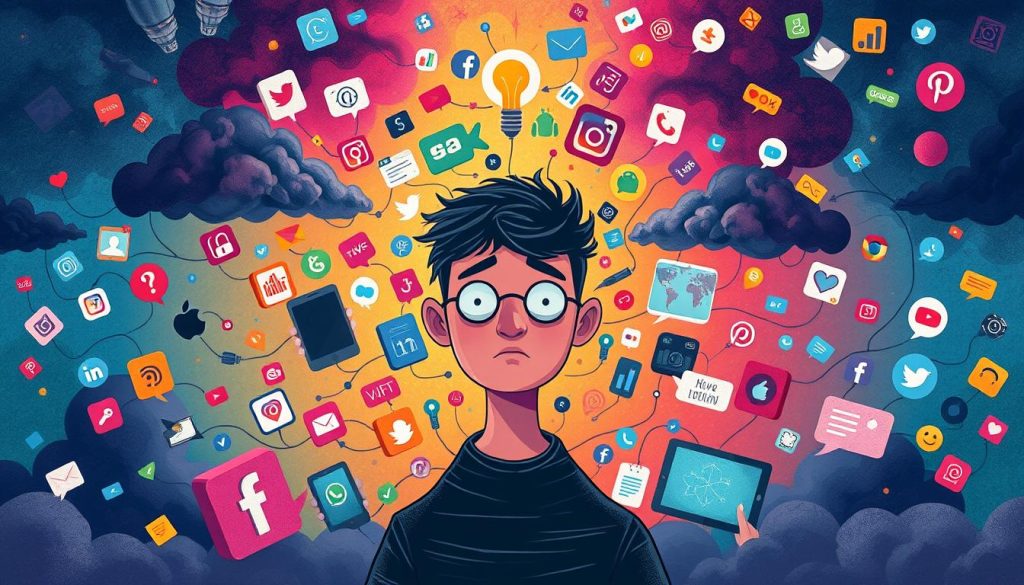Many of us know the age-old student excuse of ‘My dog ate my homework!’ However, as the years go on and education moves more and more online, lines like these trend towards obsolescence (or become replaced with the now almost equally common ‘my computer glitched!’). Indeed, the advances in technology have prompted many schools, including Mamaroneck High School (MHS), to incorporate digital tools and methods into their classrooms. Some teachers, however, do choose to maintain the traditional, pen-and-paper format. But is there truly one prevailing option that is most efficacious?
As a high school student who’s experienced the costs and benefits of paper and online assignments across eleven years of education, I stand firmly with the tried-and-true principle of ‘balance is key’.
To be sure, digital assignments are convenient, eco-friendly, and quick. They facilitate a faster exchange of homeworks and grades between students and teachers: instead of waiting for the next school day to turn in work (or, due to the drop schedule, sometimes two days), assignments can be submitted as soon as they are done, often a relief on students’ part. I, for one, appreciate not having to keep track of where homework is after I’ve completed it. Not to mention, computers offer the blessing of being able to type out long-form assignments rather than handwriting them, significantly speeding up the process.
Sra. Ana Marina Rúa Kahn, AP Spanish teacher at MHS, even notes that “students tend to take [the work] more seriously when it’s online,” adding that she usually keeps lengthier tasks, like “a reading [where] students write out a reflection or a close interpretation of the reading”, in a digital format.
But as always, technology is almost as much an obstacle as it is a crutch, and this is visible in school environments as well.
Kahn remarked that she observes that online assignments affect students’ focus: “it’s very distracting when you have screens [in front of you]…I can see that with my own kids, too.” It’s important to remember, too, that Internet access is often a luxury–as we, Mamaroneck veterans, know well, WiFi issues are quite common and often disastrous, representing a potential barrier to completing work. We must also consider the technical difficulty cousins of bad connectivity, such as glitches, site crashes, and, a favorite of teachers and students alike, the ‘computer that randomly stopped functioning despite costing $500.’ And we’ve all heard plenty, too, about how online assignments are subject to easy copy-pasting from ChatGPT.
On the other hand, kids learn much better on paper, as proven by a variety of scientific studies MacArthur conducted in 2024.
They allow for much better reading comprehension, their tangible nature often motivates students, and they bypass all of the aforementioned technological issues, as they do not necessitate Internet access.
Furthermore, teachers seem to prefer grading by hand over online.
“I really struggle with the online grading on essays,” Kahn reflects. “I like to write on them… and it’s so much better on paper.”
We cannot ignore, however, the drawbacks of paper: consuming vast amounts of paper is indeed not great for the environment; paper can be lost, torn, or otherwise damaged; we already know the terrors of some students’ handwriting. So it’s important, as in all other parts of life, to keep a balance between online and paper assignments.
Sure, typing essays and writing reflections may be better suited for the digital format, but no one can deny the satisfaction of a fresh mechanical pencil and a newly printed worksheet.
I would simply advise students to use a good, efficient planner, digital or physical, because keeping track of it all is a whole different challenge.









